As a company that specialises in benchmarking, we’re bound to tell you that the best of best warehouse practices is to start by benchmarking performance. However, after benchmarking comes the need to raise performance.
The application of warehouse best practices will certainly get you some of the way there if they are implemented effectively. In this post, we have listed five of our favourite warehousing best practices, which if adopted, will surely improve the performance of your logistics operation in terms of cost effectiveness and customer service levels.
1. Keep Touches to a Minimum
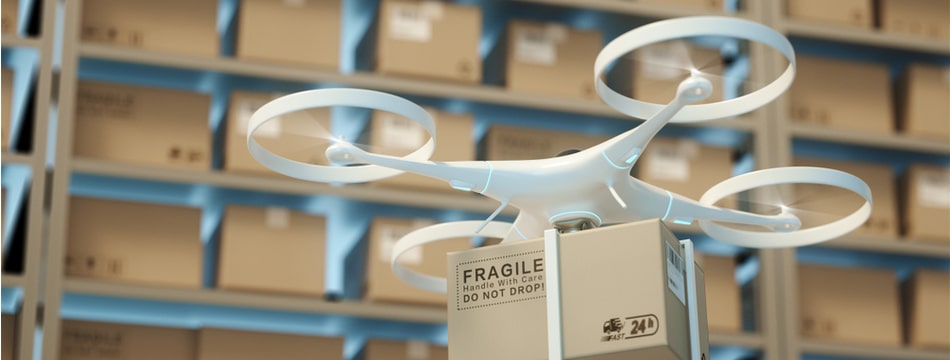
Minimising the amount of times your materials and products are touched is paramount to supply chain efficiency. Therefore it is a critical end-to-end consideration in your material flow, especially within your warehouses, where a lack of organisation can easily result in unnecessary handling. Seek to optimise warehouse flows and use automation where possible.
The fewer touches your inventory receives, the less likely it is to be damaged and the lower will be your labour costs.
2. Untie Your Pickers’ Hands

The best thing warehouse operatives can do with their hands is to pick products. Any other use of their ten digits is a waste of productive capacity.
If you can afford the investment, now is the time to graduate to hands-free pick management solutions, such as pick-to-light or voice-directed picking.

Hands-free technology is fast becoming considered as a warehousing best practice, now that prices are becoming more affordable. But hands-free means just that, as even portable RF scanners keep your operatives hands from productive picking. Those seconds taken to record barcodes and key in quantities really add up over time.
3. Implement Cycle Counting

If your warehouses currently practice full inventory counts once or twice a year, switch to a program of cycle counting.
This method of regularly counting small inventory groups will save you time and money, as long as you use it in place of, rather than alongside the annual physical count. Not only that, cycle counts enable you to catch discrepancies in a timelier manner, which can reduce leakage and raise inventory accuracy. As a warehousing best practice, cycle counting is one of the most effective ways to improve inventory management.
4. Review Inventory Slotting Every Quarter
Re-slotting your warehouse pick faces is an expensive and time-consuming task, especially if you leave it too long. A regular slotting review, say, once every three months, is a warehousing best practice we believe to be important. Evaluate if your slot locations are still optimal and re-slot where necessary.
It’s always a case of striking a balance between the cost of re-slotting and the efficiencies that can be gained. However, when you consider that 50% or more of your warehouse operatives’ time is spent traveling between pick faces, it’s not hard to see the value in reducing that time as much as possible by slotting inventory strategically.
5. Bring in the Bots
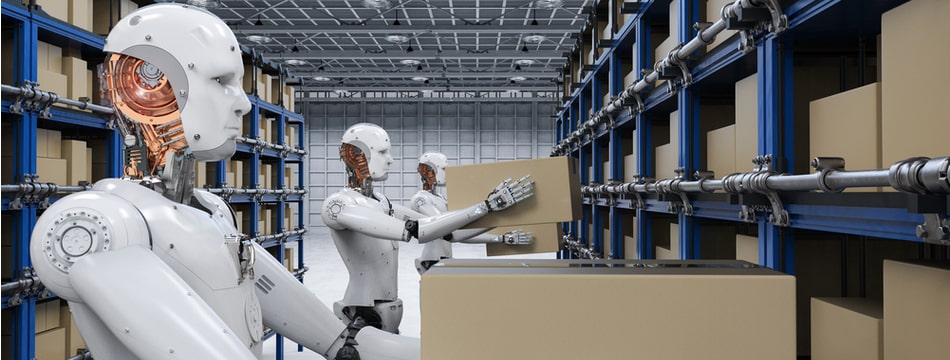
The COVID-19 pandemic saw a significant swing by consumers towards ecommerce which, according to Statista, will see online sales continuing to skyrocket for years to come. The pressure to speed up the delivery process has fallen mostly on warehouses.
With labour shortages in warehouses across the world, more and more businesses are turning to robotics to meet increasing demands.
Although costly, robots come with the following advantages over humans:
- They can handle repetitive tasks more consistently and accurately than humans can
- They can lift very heavy loads, load and unload pallets, and shift products around the warehouse
- They can safely work in hazardous environments
- They are not susceptible to extreme cold and heat
- They are not affected by pandemics such as COVID-19, enabling the warehouse to continue functioning in situations where humans may be under mandated lockdown.
- They can work 24/7 without getting tired, hungry, or fatigued.
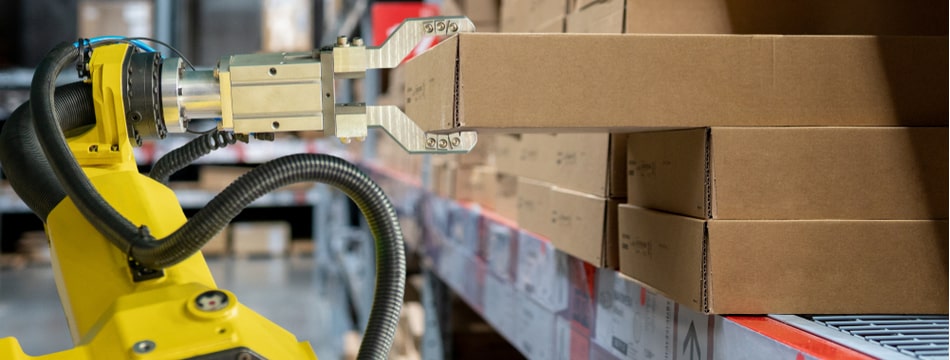
But… Robotics Doesn’t Come Cheaply
One estimate puts the cost of an Autonomous Mobile Robot (AMR) ‘start-up’ kit in a small warehouse at $1-2 million (USD), of equipping a medium-sized warehouse with 50-100 AMRs at $2-4 million (USD), and of setting up 500 to 1,000 AMRs in a large operation at $15-20 million (USD).
Because of the enormous outlay required, you will need to carefully weigh up whether going the robotics route is necessary for your operation.
Some cost factors to consider are:
- What you will save in human labour costs. This is obviously one of the main factors in favor of moving to an AMR system into your warehouse.
- Ancillary costs such as modifying your existing carts to be compatible with the AMRs, and, if necessary, installing racks, conveyors, platforms, and chutes.
- Expenses related to the complex AMR controls and software system, which can be hefty.
- On the other hand, fixed systems like conveyors and sorters can also be costly, use up a lot of floor space, and take a long time to implement. An AMR system can be installed relatively rapidly.
Cobots—the Cheaper Alternative
Like all new technologies, the cost of robotics is falling, and affordable options are in evidence. For example, Cobots are a new generation of smaller, mobile robots, designed to help humans handle a range of tasks in the warehouse.
Some cobots can serve as mobile storage bins, accompanying human pickers around the warehouse floor. Others will be used to deliver picked orders to sorting and packing stations. Their price tag is a lot lower than those of larger robots, averaging around $24,000 (USD) each, making them a realistic option for SMEs.
The Benefits of Bots: Beyond Pure Economics
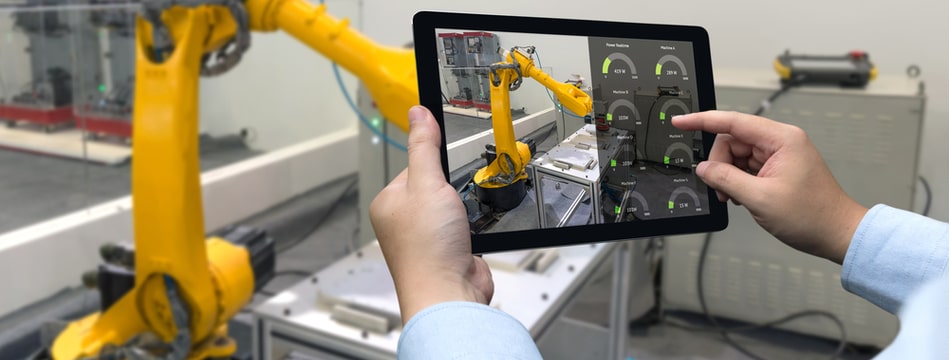
Robotics can vastly improve warehouse operations. They can streamline picking, sorting, and packing operations, work accurately at speed, and, most importantly, increase customer satisfaction—a vital element for growing your business.
A growing number of businesses are accepting warehouse automation and robotics as a best practice, and even as a vital ingredient for survival in a pandemic-plagued world.
Indeed, while they tend to polarize opinion among proponents and cynics of human replacement in industry, robots are undoubtedly establishing their potential as warehouse workers of the future.
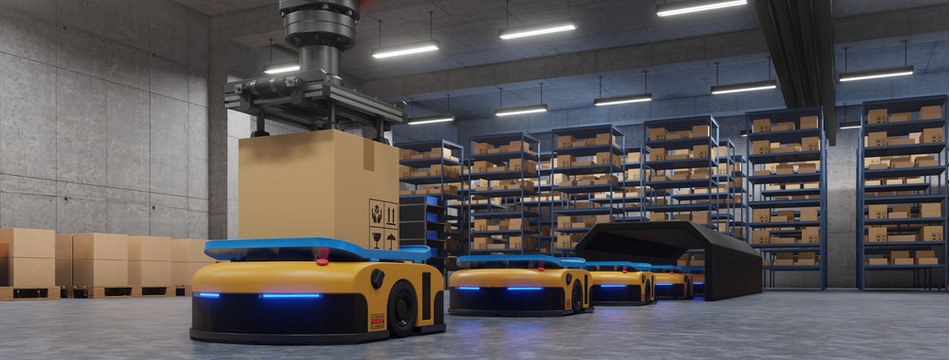
Finally: Customise Your Warehouse Best Practices
To return to the point made at the beginning of this post, the best of warehouse best practices is to begin by benchmarking your current performance. Adopting best practices is something that’s best done with specific goals in mind.
A benchmarking exercise shows you exactly where you need to improve, enabling you to choose the best practices that will deliver targeted results.
Having said all that, best practices bear the label for a reason—because they are proven to deliver performance improvements. So remember to keep your eyes and ears open to see what’s working well in your industry sector. Don’t be afraid of experimentation either. Who knows, you might just discover the next big thing in warehousing best practice.
Editor’s Note: This post was originally published in May 2016 under the title “4 Warehouse Best Practices for Stellar Performance”. It has since been updated and expanded, with the addition of new sections to make the information contained in the post more comprehensive. The most recent update was made in July 2020.


With regards to warehousing performance. Do you foresee a major shift of warehousing systems with the buzz word “internet of things” for asia that everyone is talking about now? Most warehousing systems in Asia are still very much old school. what are your thoughts.
As with all advances in our Industry, some things change and some remain the same. Ultimately, a product needs to move from a point of supply to the customer. And I think it will be quite a while (never say never) before the need for warehouses will decline. 3D printing of course could change that in time, as the product will not need to be moved at all!
I like the valuable information you provide in your articles.
I’ll bookmark your blog and check again here frequently.
I am quite sure I’ll learn many new stuff right here!
Best of luck for the next!
Glad you find it useful!
How can the new age of artificial intelligence improve all these areas? Maybe pick-route optimization to reduce time-traveled, simulations of different layouts, forecasting demand for inventory, more fairly assessing performance, etc…